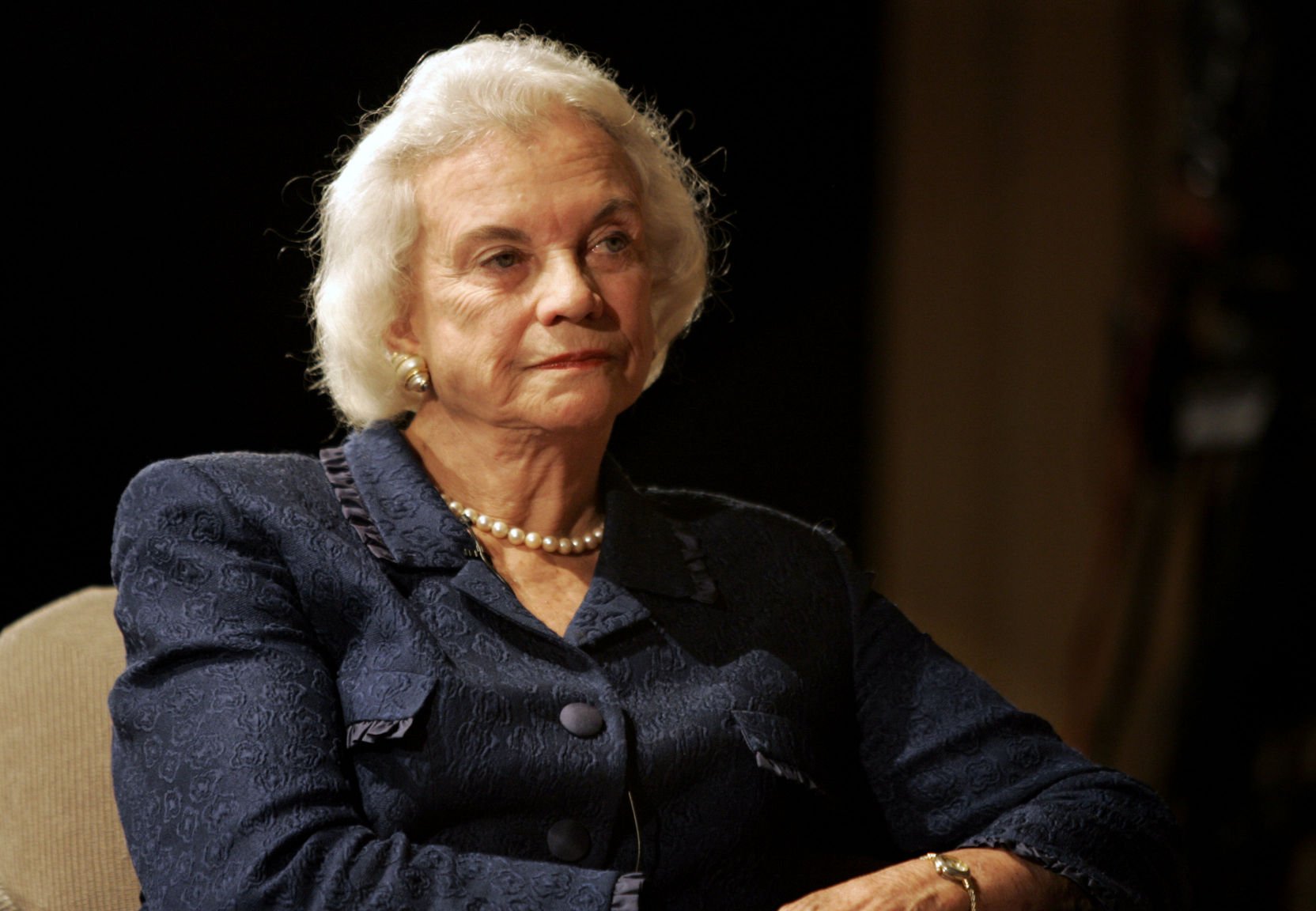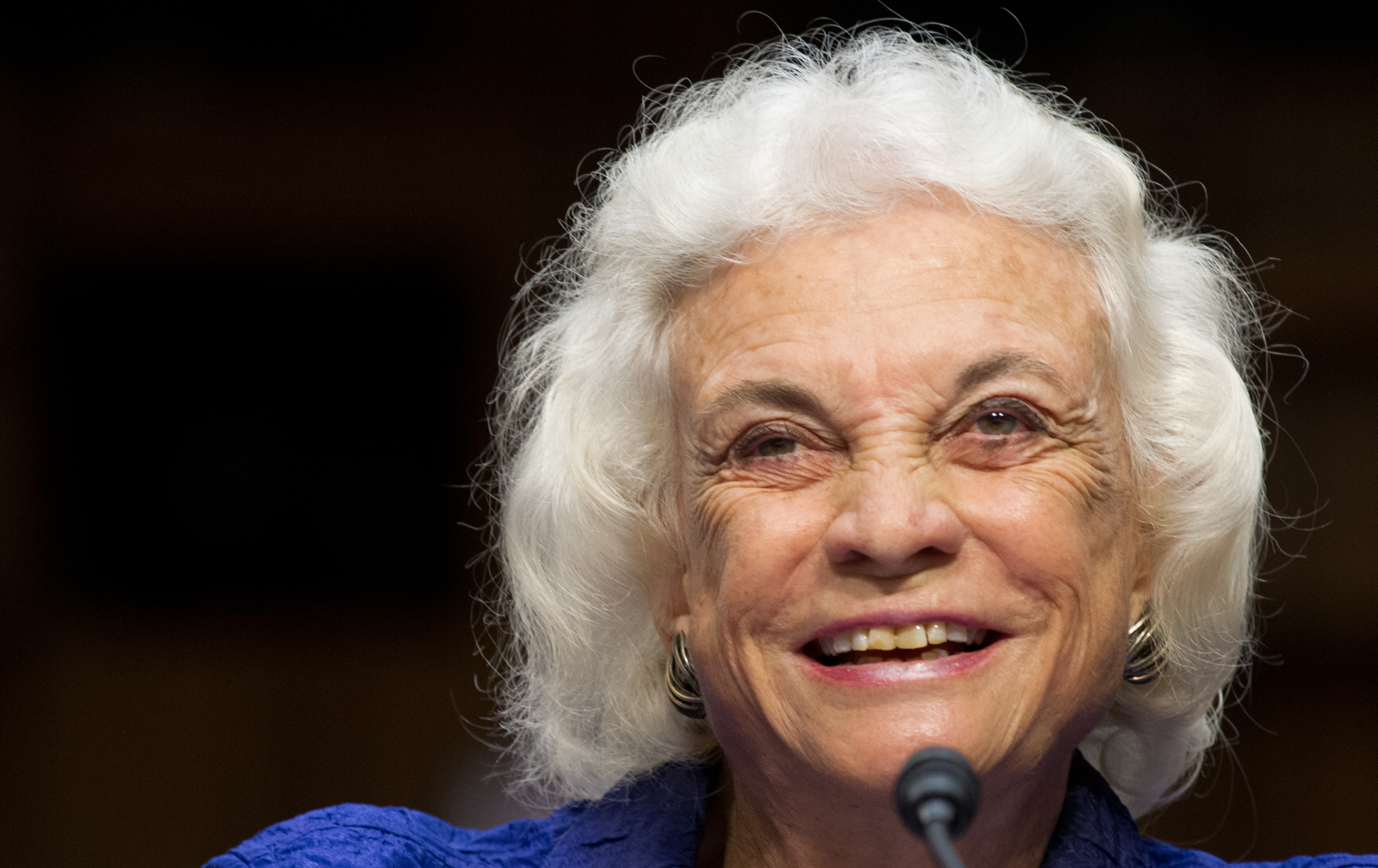

#Who nominated sandra day o connor full
Donnelly (1984), she proposed the endorsement test as a “clarification of our Establishment Clause jurisprudence.” As she explained, endorsement of a religious belief “sends a message to nonadherents that they are outsiders, not full members of the political community.” The endorsement test became widely used by the Court in cases involving public religious displays or other expressive acts. In a concurring opinion in a creche display case, Lynch v. In many of her opinions O’Connor showed a concern for religious liberty. In 1981, President Ronald Reagan announced O’Connor as his nominee for the Supreme Court, fulfilling a campaign promise to nominate a woman. Five years later, the governor appointed her to the Arizona Court of Appeals.
#Who nominated sandra day o connor trial
In 1974, she was elected to a trial court position in Maricopa County. In 1965, she became an assistant attorney general, and in 1969, she was appointed to the Arizona State Senate to replace a departing member. She married John O’Connor and lived in Germany for a few years while her husband fulfilled his service obligations.Īfter returning to Maricopa County, Arizona, Sandra O’Connor entered local politics. She became a deputy county attorney in San Mateo, California, in 1952. The only job offer she received was a position as a legal secretary. Graduating from high school at age sixteen, she earned undergraduate and law degrees at Stanford University.Įven though she finished third in law school, O’Connor had difficulty finding a job because of gender discrimination. O'Connor involved in Arizona politics and lawīorn in El Paso, Texas, O’Connor spent much of her childhood at the Lazy B Ranch in Arizona. In First Amendment law, she is best known for her opinions in the area of religious liberty.

She was often a key swing vote during her later years on the bench, causing some observers to label the Court during this period the O’Connor Court. Sandra Day O’Connor (1930– ) was the first woman to be appointed to the Supreme Court, where she served from 1981 to 2006.

Sandra Day O’Connor (Photo courtesy Library of Congress, public domain)


 0 kommentar(er)
0 kommentar(er)
